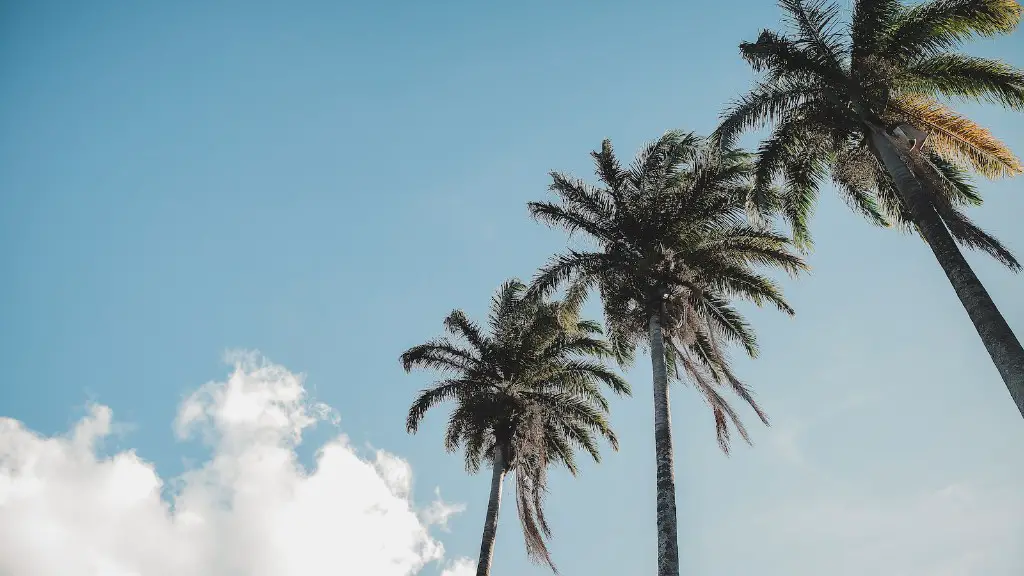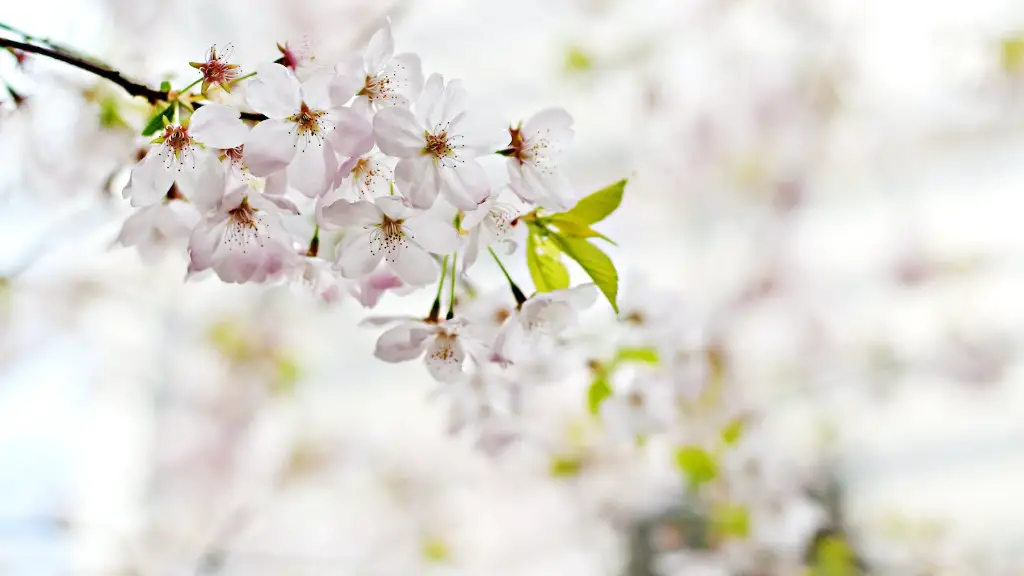Background Information
Painting a beach scene with palm tree can be a great way to express an artist’s creativity, imagination and feeling. Beach scenes are often associated with summer, relaxation and fun, providing an opportunity for the artist to showcase their skill and share their own personal interpretation through painting. Not only do beach scenes give the artist a chance to break away from their usual styles and experiment, but they also open up the possibility to explore a range of techniques and methods of painting.
Materials Needed
In order to begin painting a beach scene with palm tree, an artist will need to gather all the necessary materials needed to complete the task. These materials will depend on the kind of painting medium and surface that the artist is intending to use. Common materials that may be needed when painting a beach scene include; paints (acrylic, oil, liquid watercolour or poster paints are all great choices), a number of brushes of various sizes, a pencil & eraser, a palette or tray, a cup of clean water, a rag or cloth, and, finally a surface of chosen medium, such as canvas, paper or board.
Creating An Outline
Once the necessary materials have been gathered, the artist can begin to add outlines to their painting to help form their image. An important part of this step is to consider how light and shade will be added to the painting, in order to create a sense of depth and perspective within the scene. To do this an artist will need to plan where areas of light, dark and shadow will be located, as well as which areas should be highlighted and which should be left more subtle.
Colour & Texture
When it comes to colour selection, it’s important that the artist choose a natural colour palette that accurately reflects the beach environment they are trying to portray. Warming, sandy tones and bright, fresh blues should all be considered here. Once the colour has been applied, it’s time to create texture. This can be done by blending and mixing the chosen colours together, or by scrubbing back the layers of paint already applied on the canvas to let the colours mix together. If deeper texture is desired then experimenting with various techniques such as sponging, stippling or dry brushing can also result in great results.
Painting The Palm Tree
Once the background scene is roughly in place, it’s time to add the main focus of the painting – the palm tree. To make the painting more interesting the artist can opt to use mixed mediums in order to get the desired result. Applying dry pastels or charcoal powder to the painting surface can be great way to outline and add definition to the leaves and trunk of the tree. For a more traditional approach, varying brush sizes can be used to paint in the leaves, trunk and surrounding environment with paint.
Highlighting The Details
The next step in the painting process is to highlight the details. This can be done using a variety of techniques, such as using a fine-tipped paintbrush to add fine finishing touches to the leaves, branch and trunk. Alternatively, dry application methods such as pastels, charcoal or crayons can also be used to add details to the painting. Finally, to finish the painting, an artist can use a fine line marker such as a fine-tipped pen or marker to add further details such as texture around the edges of the painting.
Creating The Sky & Sea
The sky and sea are arguably the most important aspect of the painting. To bring both the sky and the sea to life, the artist must use varying tones and different shades of blue and grey to create a realistic looking painting. Pastels and watercolours are great choices here, as they can provide the artist with an array of tones and light and dark shades that can be easilyr blended together in order to create a beautiful sky and sea.
Adding Finishing Touches
No painting is complete until the artist has added all the finishing touches. This step involves adding all the little details that help make the painting come alive. Details such as highlights on the tree, clouds in the sky, and small waves in the sea all help to add to the overall effect. An artist can also consider adding small details around the painting scene such as birds, sailboats or even small people, giving the painting a lively atmosphere and finishing it off with the perfect touch.
Blending
When all the elements of the painting are complete, the artist should then go back to their painting and blend colors and textures together. This will help to create a cohesive painting where colors and textures flow together in harmony. The blending of colors and textures also has the effect of adding balance and perspective to the piece.
Shadows
The last step in creating a beautiful beach painting with a palm tree is to add shadows. Shadows can be added to help create depth and atmosphere in the painting, as well as to create highlights and depth of field. This can be achieved by using a range of materials, from dry pastels to watercolors, in order to achieve the desired effect. Shadows can also be created with brush strokes for a softer look.

